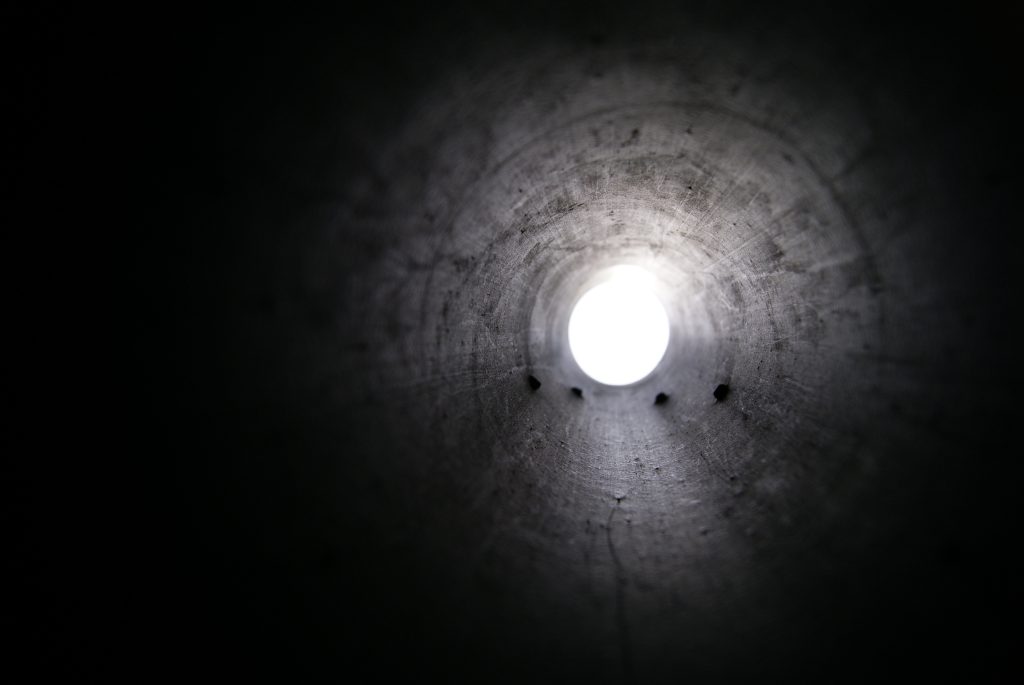 Homeowners often have to deal with contractors, such as plumbers, completing work in their homes or yard. What happens when a homeowner is injured from a condition on the property the contractor created? The following case helps answer that question.
Homeowners often have to deal with contractors, such as plumbers, completing work in their homes or yard. What happens when a homeowner is injured from a condition on the property the contractor created? The following case helps answer that question.
Donald and Marilyn Lincoln hired Acadian Plumbing & Drain to go under their Metairie, Louisiana home and replace its drain lines. A few weeks after Acadian started the work, Marilyn Lincoln walked outside and fell into a hole Acadian had dug to access the pipes under their home. She injured her hip or leg and had to have surgery.
The Lincolns filed a lawsuit against Acadian and its insurer. They claimed Acadian was negligent for not sufficiently securing or barricading the hole in the yard and for not warning them of the danger. While the lawsuit was still ongoing, Marilyn Lincoln passed away. Her son claimed her death resulted from a stroke caused by a blot clot that formed because of her injuries from falling into the hole and her resulting surgery.
Acadian and its insurer filed a summary judgment motion. They argued the Lincolns could not provide Acadian breached a duty because the alleged defect was open and obvious. In support, they provided deposition testimony from the Lincolns, where they testified they knew the hole in their yard was there. They also provided a photo of the hole, which showed it partially covered by plywood. The photo showed caution tape and a safety cone around the area. However, there was no evidence of who took the photo or when the photo was taken.
Lincoln countered that Acadian’s actions were insufficient and concealed the danger. They claimed the plywood was rotten, and the barricade of cones and caution tape did not completely go around the hole. The trial court ruled in favor of Acadian, finding the hole was an open and obvious defect. The Lincolns appealed.
On appeal, the Lincolns argued the trial court erred in granting Acadian’s summary judgment motion because there were factual issues about whether Acadian’s plywood and barricade was reasonable. La. C.C. arts. 2317 and 2317.1 govern Acadian’s liability for Lincoln’s injuries alleged caused by the defective work site. These statutes require the Lincolns to show that Acadian had a duty, that Acadian breached that duty, that the conduct caused Lincoln’s injuries, and that Lincoln suffered damages. Acadian is only liable for injuries caused by defects that are an unreasonable risk of harm. In determining if an unreasonable risk of harm exists, the court considers the specific facts and circumstances of the case. See Broussard v. State, through Office of State Bldgs, Div. of Admin.
In this case, Acadian argued the hole was open and obvious, so it had no duty to warn the Lincolns about it. However, the appellate court explained the issue was actually whether the hole, when covered by a thin piece of plywood and only partially surrounded by caution tape, created an unreasonable risk of harm. The appellate court found there were factual issues about how Acadian had barricaded and warned of the hole. In their depositions, the Lincolns testified the plywood Acadian used to cover the hole was rotten, and the caution tape did not completely go around the hole. Further, the Lincolns did not remember the safety cone shown in Acadian’s picture of the hole. Therefore, the appellate court reversed the trial court’s grant of Acadian’s summary judgment motion and returned the case to the trial court.
This case shows the importance of challenging evidence presented by the other side. For example, the Lincolns succeeded in having the trial court’s grant of Acadian’s summary judgment motion reversed partly because of factual issues surrounding the photo of the hole Acadian presented. A good lawyer can help identify deficiencies in the other side’s evidence.
Additional Sources: Marilyn Lincoln and Donald Lincoln, Jr. v. Acadian Plumbing & Drain, LLC et al.
Article Written By Berniard Law Firm
Additional Berniard Law Firm Article on Open and Obvious Conditions: When a Building’s Ledge is Open and Obvious, Building Owner Not Held Liable for Fall
Understanding Open and Obvious Defects: Implications for Personal Injury Claims
 Louisiana Personal Injury Lawyer Blog
Louisiana Personal Injury Lawyer Blog

